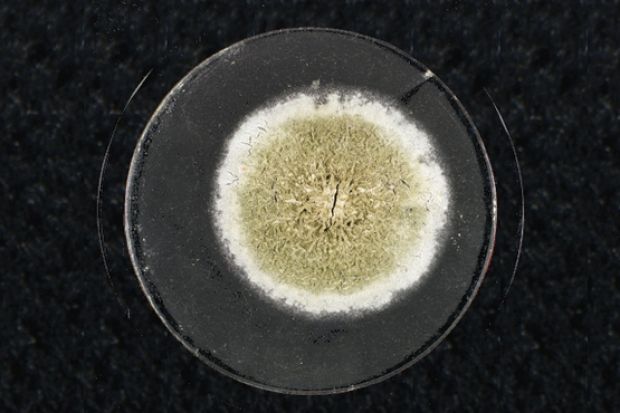The mould was eventually presented by Fleming to the University of Edinburgh to commemorate his years as rector (1951-54). It recently went on display in the Main Library alongside one of the US' oldest books, a prototype violin and a rarely seen Picasso watercolour as part of an exhibition highlighting the depth and richness of the university's collection of printed material, manuscripts, musical instruments and works of art.
Masterpieces II, the second in a trilogy of shows, continues until 30 June and is designed to challenge what we mean by "treasures". Other scientific items include a first edition of Sir Isaac Newton's 1687 Philosophiae Naturalis Principia Mathematica, which established the fundamental laws of gravity and classical mechanics, and a book in which the Polish astronomer Stanislaw Lubieniecki attempted to record all the sightings of comets there had been before 1666.
Send suggestions for this series on the treasures, oddities and curiosities owned by universities across the world to matthew.reisz @tsleducation.com
Register to continue
Why register?
- Registration is free and only takes a moment
- Once registered, you can read 3 articles a month
- Sign up for our newsletter
Subscribe
Or subscribe for unlimited access to:
- Unlimited access to news, views, insights & reviews
- Digital editions
- Digital access to THE’s university and college rankings analysis
Already registered or a current subscriber? Login
